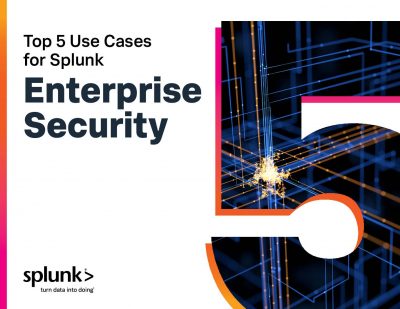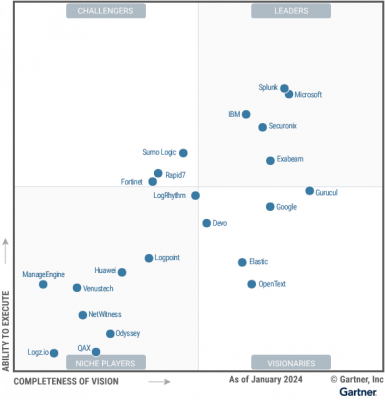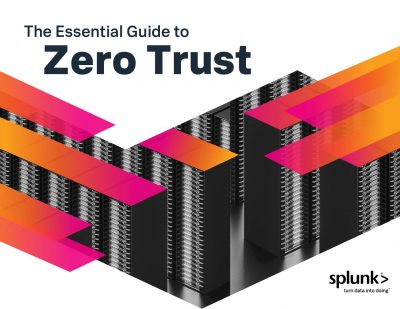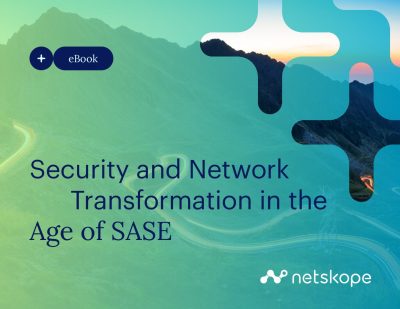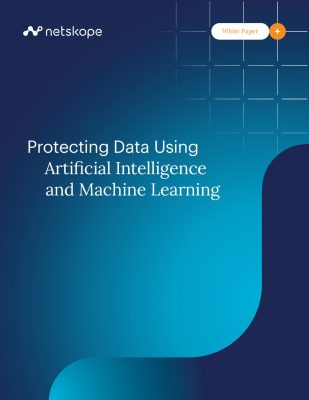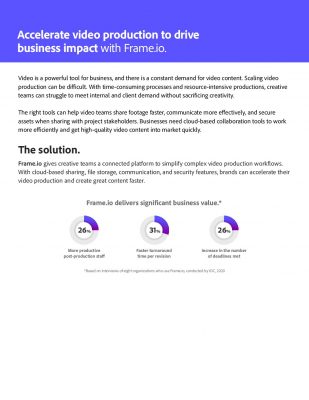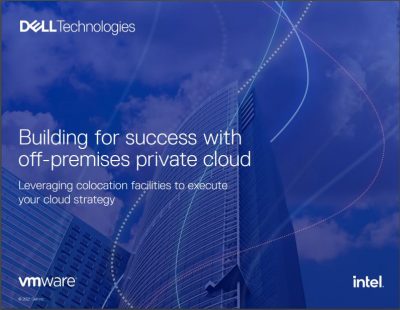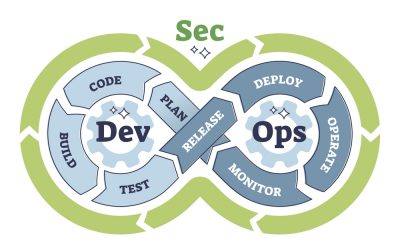Highlights:
- Training employees aims to boost business performance and prevent data loss, making the synergy between CASB and DLP essential for robust data security.
- Collaboration tools like Office 365, G Suite, and Dropbox streamline sharing but increase data leakage risks, making DLP measures crucial for cloud services.
Cloud access security brokers improve business KPIs (key performance indicators) and are essential for mitigating cloud security risks, ensuring data privacy compliance, and enforcing corporate cybersecurity policies. They are increasingly critical as employees use personal, unmanaged devices to access corporate networks from diverse locations, amplifying cloud security risks.
The concept of CASB emerged with the rise of cloud computing, addressing the need for consistent security across multiple cloud environments. CASBs provide organizations with enhanced visibility into cloud and SaaS deployments, safeguarding all user and sensitive corporate data.
Organizations need effective data and user protection solutions as the threat landscape evolves with blended threats and advanced obfuscation techniques. CASBs are crucial in defending against malware and phishing attacks, securing access to cloud services, and ensuring cloud application security.
Application Security Brokers (ASBs) leverage critical information about users, their devices, and their locations to manage access and monitor user activity within applications.
The Identity Administration portal integrates with CASBs, bypassing the SAML assertion for a supported application to a CASB proxy rather than directly to the service provider. The CASB then forwards the SAML assertion to the service provider.
Application support for CASB integration varies by provider. For detailed information, don’t hesitate to contact your CASB provider.
To assign a proxy to a SAML assertion:
- Open the ‘Advanced’ page for the application you want the SAML assertion to point toward a CASB proxy. For detailed guidance, refer to the application configuration help specific to that application.
- Add the following line to finish the advanced script; refer to “Write a custom SAML script” for more information about writing advanced scripts.
- Click Save.
As organizations embrace cloud access security brokers’ solutions to improve business measures and bolster cloud security, ensuring employees have the knowledge and skills to utilize these tools effectively becomes paramount.
How Do You Train Employees To Use A CASB?
Securing sensitive data and files within SaaS applications requires a combination of data access prevention and detection controls. Modern businesses demand comprehensive visibility across their IT estate, encompassing sanctioned and unsanctioned cloud applications.
They need the capability to continually assess and expose cloud application risks, remediate those risks, and support stringent compliance requirements for accessing sensitive data.
Cloud access security brokers software and Data Loss Prevention (DLP) solutions are intrinsically linked and should be integrated rather than siloed. One of the primary goals is to amplify business performance indicators with cloud access security broker tools and prevent data loss, thus making the synergy between CASB and DLP essential for robust data security.
After employees have acquired the requisite information and abilities, they need to fully comprehend the real-world uses of CASBs to utilize their potential to improve cloud security.
What Are the Top Cloud Access Security Broker Use Cases To Elevate Operational Effectiveness?
Amidst the complexities of cloud adoption, organizations rely on CASBs as indispensable guardians, providing multifaceted solutions to tackle a myriad of security challenges. Now, let’s uncover the top essential use cases for CASBs, empowering businesses to navigate the complexities of cloud security with confidence and efficiency:
-
Personal device access and secure mobile
Traditionally, securing mobile devices involved installing agents on managed endpoints. However, with the rise of BYOD, employees increasingly access data from personal devices, causing enterprises to lose visibility and control over sensitive information.
Installing agents on BYO devices is logistically challenging and often meets employee resistance due to privacy concerns. Organizations should adopt CASBs with agentless mobile data protection capabilities to address this.
Cloud access security broker CASB systems provide access controls to allow, limit, or block access from unmanaged and mobile devices. They enable setting device security configurations, such as requiring PIN codes instead of swipe patterns.
Additionally, selective wipe features allow for the targeted deletion of corporate data on unmanaged mobile devices without affecting personal data. With agentless CASBs, all these measures can be implemented without installing agents.
-
Prevent data loss with DLP
Data loss poses a significant risk for organizations transitioning to the public cloud. Collaboration tools like Office 365, G Suite, and Dropbox streamline sharing but also increase the likelihood of data leakage. Therefore, implementing DLP measures is crucial for organizations using cloud-based services.
CASBs offer a range of DLP capabilities to mitigate this risk. Enterprises can use DLP to redact sensitive information in emails, watermark documents for tracking purposes, apply DRM to files for extra authentication, and more. Furthermore, CASBs can integrate with existing on-premises policies to ensure consistent data protection across all environments.
-
Limit risky external sharing
The cloud offers unparalleled simplicity and speed for sharing and collaboration, but this convenience comes with the risk of data leakage. Whether through malicious intent or negligent actions, sensitive corporate information may end up in the wrong hands.
Fortunately, most cloud access security broker services maximize business performance measures and offer robust sharing controls to mitigate this risk.
These CASBs can scan cloud applications like Google Drive to identify and revoke external shares. Access controls can also be configured to restrict access to personal email addresses, unmanaged devices, off-premises users, and other unauthorized entities.
DLP policies like watermarking can also be implemented to track files and identify unauthorized downloads.
- Stop cloud malware and ransomware
Outbreaks like the WannaCry ransomware attack highlight the critical need for organizations to have robust malware protection. With the proliferation of cloud services and BYOD policies, threats now have numerous avenues to infiltrate organizations.
A single infected file uploaded to the cloud can rapidly spread across an entire enterprise, posing significant risks. Unfortunately, many cloud applications lack built-in malware protection, leaving organizations vulnerable unless they deploy third-party solutions or risk their security.
Cloud access security broker architecture with advanced threat protection (ATP) offers a solution. These CASBs utilize cutting-edge machine-learning techniques to defend against known and zero-day malware threats.
Using inline proxies, CASBs can intercept and halt the transmission of malware from devices to the cloud. Additionally, API-based connections can scan for malware within cloud-stored data, preventing its dissemination to other devices and further propagation across connected cloud applications.
Key Takeaways
Maximize business scalability with infrastructure as code security, essential for seamless cloud operations and data protection. CASBs empower organizations to control device access, prevent data loss, and thwart malware threats, enhancing operational efficiency and regulatory compliance.
Integrated with DLP solutions, cloud access security broker (CASB) security solutions improve business improvement measures and offer comprehensive visibility and enforcement across diverse cloud environments. Training employees on CASB usage optimizes their ability to enhance cloud security measures, bolstering business performance indicators and effectively safeguarding sensitive data.
Enhance your expertise by accessing a range of valuable security-related whitepapers in our resource center.




